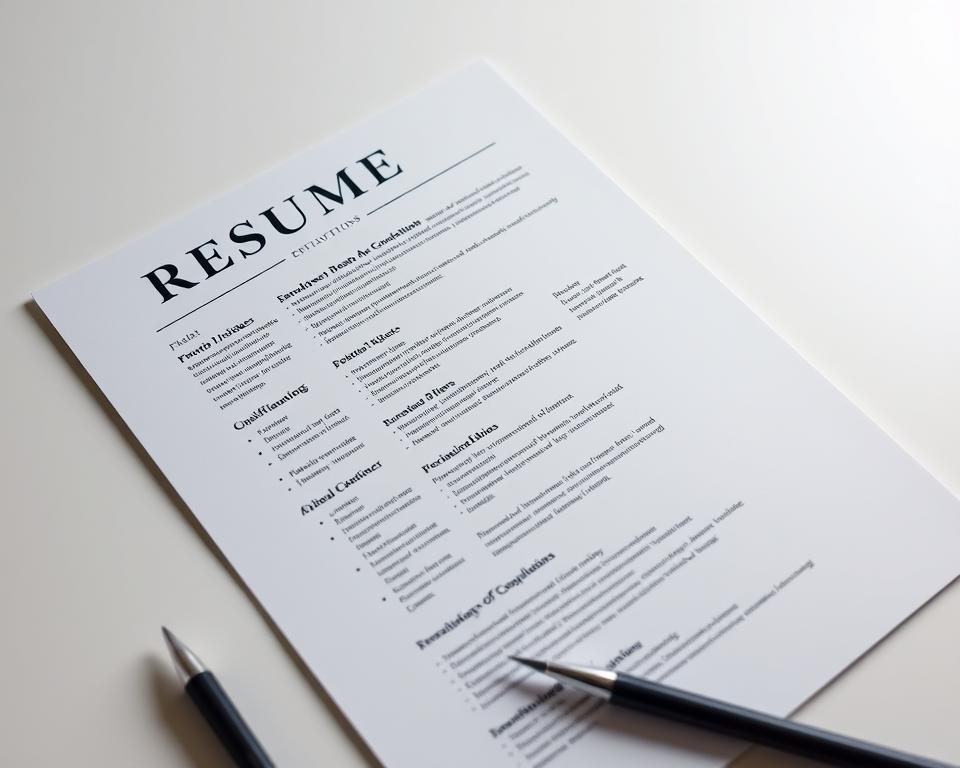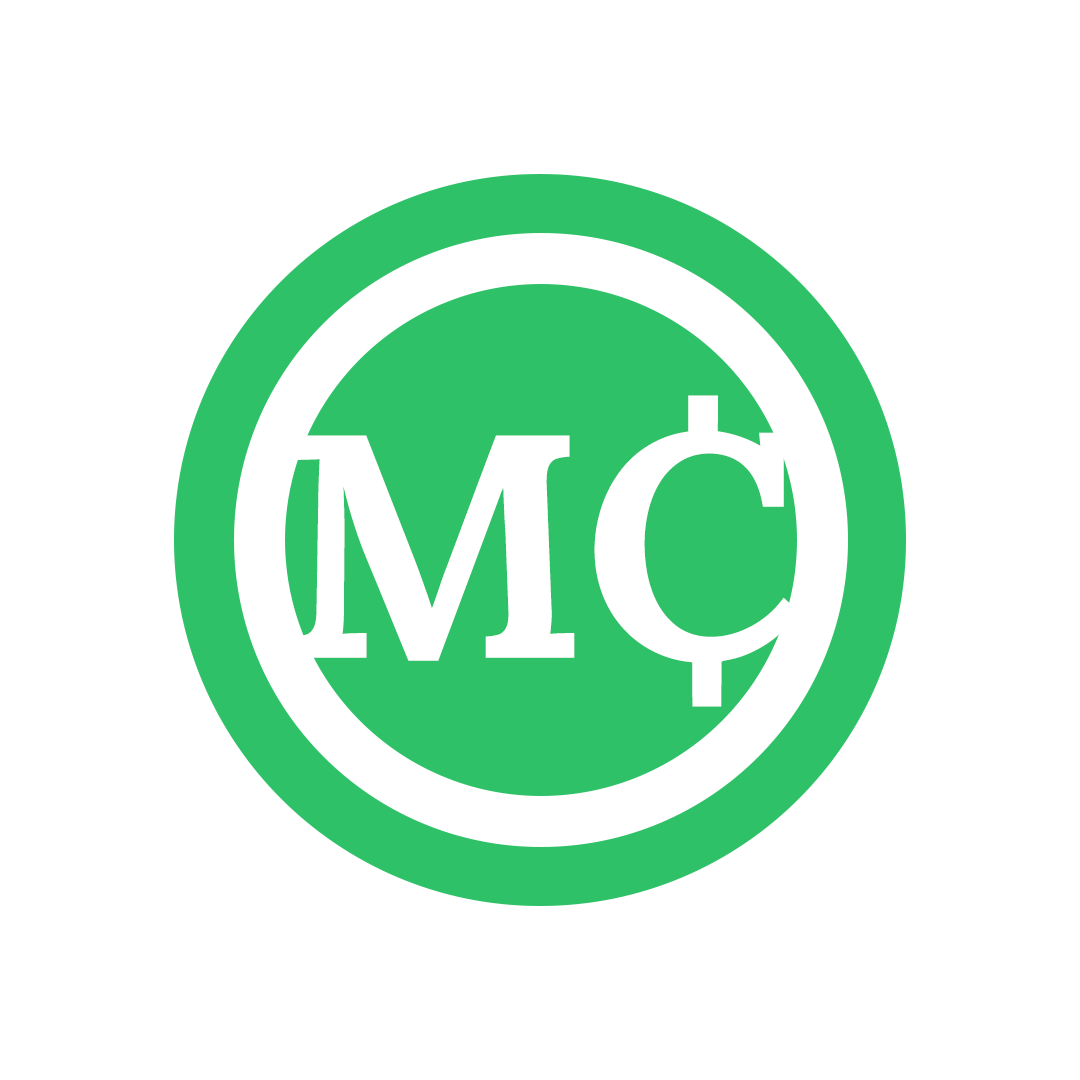Anúncios
job opportunities checklist opens this quick-start guide so you can act now with clear, proven steps.
You will get a short, practical plan that keeps your profile ATS-ready and your search focused. Use standard fonts and export resumes to PDF from Word or Google Docs to avoid automatic rejections.
This guide shows tools like Score My Resume and Targeted Resume to fix common issues fast. It also points you to niche boards such as RemoteOK and Dice, and reminds you to save job descriptions locally before listings vanish.
You’ll follow simple steps: polish your resume, optimize LinkedIn, mirror keywords, and send thank-you notes within 24 hours. Track applications, interviews, and networking in one place to keep momentum.
Outcomes depend on your dedication, context, and profile. Consider mentors or professionals to speed progress and tailor this process to your goals.
Introduction: Your job opportunities checklist for a focused, modern search
Use this introduction to orient your search and prioritize small actions that yield steady momentum.
Why this matters: The hiring market moves fast. ATS filters many resumes before a human ever looks. Recruiters scan LinkedIn, and niche boards can surface roles major sites miss.
The stakes mean you should act with clarity and speed. Save job descriptions so you can prepare for interviews even if listings disappear.
How to use this guide for faster, smarter applications
This guide breaks the process into short, repeatable steps you can finish in focused sessions. Work the sections in order if you’re starting fresh.
- Polish resume and LinkedIn first to boost inbound interest.
- Use targeted search on niche boards and company sites.
- Tailor applications, reach out to recruiters, and practice interviews.
Quick tip: Keep a simple tracker for roles, deadlines, contacts, and next steps. Small, steady wins build momentum: optimized profiles attract attention, tailored resumes pass screeners, and research fuels confident interviews.
Get ready: Polish your resume, LinkedIn, and online presence
Start by tightening your resume and online profiles so they clearly show impact and pass ATS filters.
Make your resume ATS-friendly and accomplishment-focused
Use Word or Google Docs and export to PDF. Pick standard fonts like Arial or Calibri. Avoid columns, heavy graphics, or unusual formatting that can break parsing.
Rewrite bullets to show impact. Lead with action verbs and add metrics. Example: “Cut ticket backlog 35% by redesigning triage flow in Zendesk.”
Run Score My Resume to catch formatting gaps, weak verbs, and missing metrics. Fix issues the same day.
Optimize your LinkedIn headline, summary, and keywords
Refresh your headline with searchable keywords like tools, titles, and top skills. Align dates and job titles across your resume and LinkedIn so employers don’t question accuracy.
Add 5–10 targeted keywords from current postings, and request 2–3 recommendations that mention results.
Audit social media to protect your professional brand
Hide or remove distracting posts and set non-professional accounts to private. Double-check contact information, portfolio links, and any public code or work samples so hiring teams can get the right information fast.
Find the right roles: Smarter search on job boards and company channels
A two‑track approach helps you see more relevant openings and cut through crowded feeds. Pair major platforms like LinkedIn and Indeed with niche sites such as RemoteOK for remote roles and Dice for tech. This combination surfaces listings that larger sites may miss and often reduces applicant competition.
Use niche boards alongside major platforms
Set precise queries and alerts (title + core skill + location or remote) to limit noise. Repeat effective search strings across platforms and refine them when results get off‑target.
Research employers for culture and product fit
Build a target list of 20–30 companies and track recent funding, product launches, and press. Read each company’s About page, leadership bios, and product pages so you can speak to their mission.
- Contact recruiters or a hiring team member with a short, specific note that cites the role and one value you add.
- Save standout listings and set reminders to follow up within a week.
- Use your network to gather inside perspectives on culture and growth.
Treat applications as a two‑way evaluation: you’re assessing whether the company’s mission and product quality match your goals. Keep a simple spreadsheet to log links, status, contacts, and next steps so your search stays organized across multiple boards and company sites.
Tailor every application: Resume keywords, cover letters, and saved JDs
Small wording changes can make your application read like a direct answer to a role. Start by scanning the posting for priority phrases in responsibilities and requirements. Note repeated terms and the outcomes the team cares about.

Mirror critical job description keywords without copying
Highlight 3–5 top outcomes the listing asks for, then map your achievements to those results. Use Targeted Resume to flag missing keywords quickly, and edit your resume so it reflects the same language naturally.
Write cover letters that add value beyond your resume
Keep the letter focused (250–350 words). Open with a personalized note about the team, add one short, metric-backed example that the resume can’t fully explain, and explain how you’d solve a core challenge in the posting.
Save job descriptions to prepare for interviews later
Download each posting as a PDF and store it in folders by company and role. Make sure your job titles and dates match between resume and LinkedIn to avoid questions from employers. Use saved JDs to shape interview stories and targeted questions.
- Quick steps: mirror keywords in bullets, avoid stuffing, and keep honesty front and center.
- Addressing: when possible, send the letter to a named recruiter or the hiring team.
- Close strong: end applications with availability for a call and links to relevant portfolio items.
Expand your reach: Recruiters, networking, and informational interviews
Use direct, specific outreach to connect with people who can explain a company’s true needs. Short, polite notes open more doors than long, vague messages.
Call or message recruiters with concise, specific questions
Send a 3–4 line message that links the role, names one top achievement, and asks a focused question about scope or priorities. If a recruiter invites a call, give a 30‑second summary of your background and ask about timelines and team goals.
Ask your network for warm introductions and referrals
Find first‑degree connections on LinkedIn and request a short intro to mutual contacts. Share a two‑sentence blurb they can forward and avoid starting with “Can you refer me?”
Run informational interviews to validate role and company fit
Use informational interviews to learn tech stacks, KPIs, and culture. Prepare 4–5 thoughtful questions, offer a useful resource in return, and end each chat with a clear follow-up action.
“Respect people’s time: propose two windows, arrive prepared, and send a prompt thank-you.”
- Track connections, dates, and next steps so nothing slips.
- Set weekly outreach targets (example: five recruiter messages, three warm intros).
- Reflect after each call and use notes to tailor future applications.
Interview prep that stands out: Questions, practice, and examples
Before any interview, assemble short examples that prove you solve the problems listed in the posting. Focus on clear outcomes and simple language so your impact is easy to follow.
Prepare clear, concrete stories that show impact
Build 5–7 STAR stories that highlight measurable results, teamwork, and problem solving. Keep each story under 60 seconds and end with a clear metric when possible.
Research the company’s clients, news, and differentiation
Review the About page, recent press, funding, and product differentiators. Map one story to a client need or product feature so your answers feel current and specific.
Practice common and behavioral interview questions
Rehearse openers like “Tell me about yourself” and “Why this company?” so you can transition into your strongest accomplishments. Prepare 6–8 smart questions to ask about team goals, metrics, and onboarding.
- Logistics: make sure your video platform works and confirm the time zone the day before.
- Close strong: summarize how your skills match top priorities and ask about next steps and timeline.
- Notes: jot down fresh information after each interview to use in thank-you notes and future rounds.
“Practice until your stories are crisp—then deliver them with friendly confidence.”
Follow through: Thank-you notes, follow-ups, and tracking your process
Finish every interaction with a short, actionable follow-up so your process stays organized and professional.
Send a personalized thank-you within 24 hours. Reference one specific topic you discussed and reiterate one way you can help the team. Keep the note concise and helpful.
Send personalized thank-you messages within 24 hours
If you met multiple interviewers, write each person a distinct note. Mention their perspective or a question they asked to show you listened.
Make sure subject lines are clear (for example, “Thank you — [Role] on [Date]”) and include any promised links or samples so follow-up is easy.
Track applications, interviews, and networking touchpoints
Use a simple tracker to log each application, interview stage, contacts, dates, and next steps. Consistency reduces dropped threads and helps you plan your time.
- Set reminders for follow-ups (one week after applying, two to three days after interviews).
- Capture new insights from conversations and update your resume bullet ideas and portfolio to match what employers value.
- Keep documents organized by company and role so you can retrieve the right materials before a next-round meeting.
- Track network activity: who introduced you, who you thanked, and when to check back in.
“A short, timely note keeps your name top of mind and strengthens the impression you made.”
Run a weekly mini review: number of active leads, interviews scheduled, outreach sent, and follow-ups due. For an easy starter on tracking, see these application tracking tips as a resource to simplify your process.
Conclusion
End by focusing on what you can control: clear materials, honest stories, and consistent outreach. Treat each application and interview as a two‑way test of fit between your values and the company.
Read postings for hidden tips and echo those values in your cover letter and resume. Call recruiters or use informational interviews to clarify expectations and timelines.
Keep refining your profile, practice answers to core questions, and update your cover as you learn what lands traction. Seek mentors or career coaches to speed progress.
Small, steady steps—focused outreach, targeted boards, and authentic stories—build momentum over time. Stay patient, iterate, and keep moving forward.



